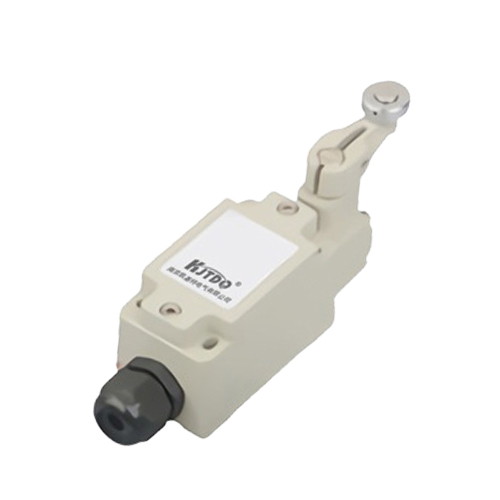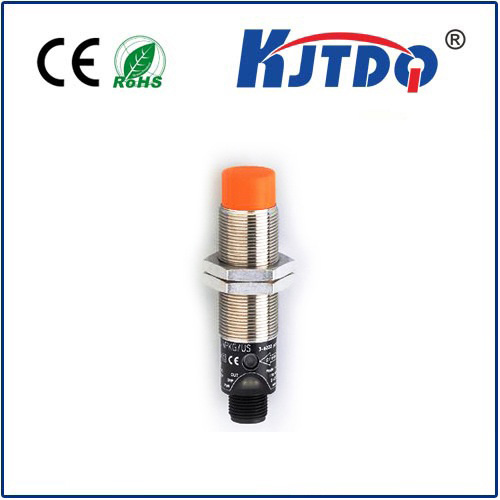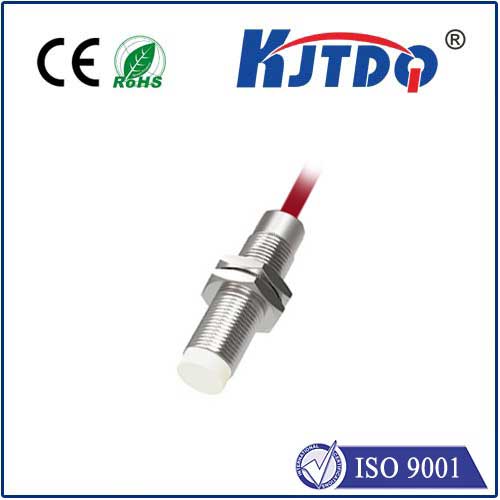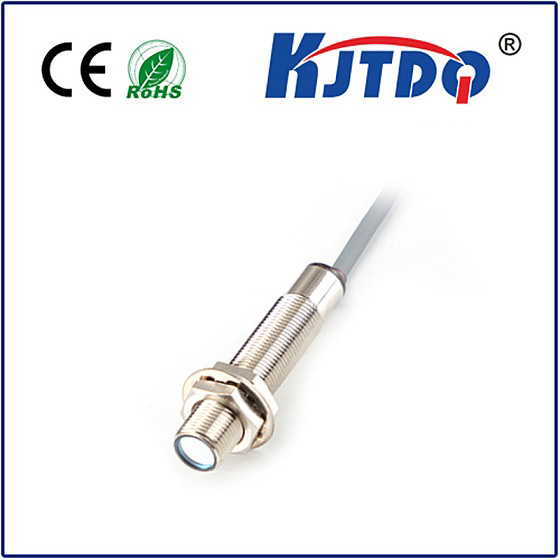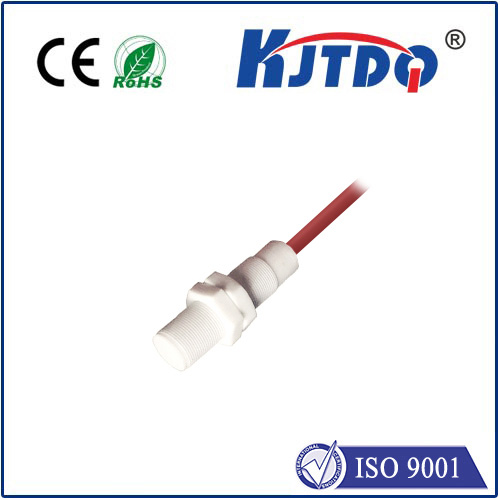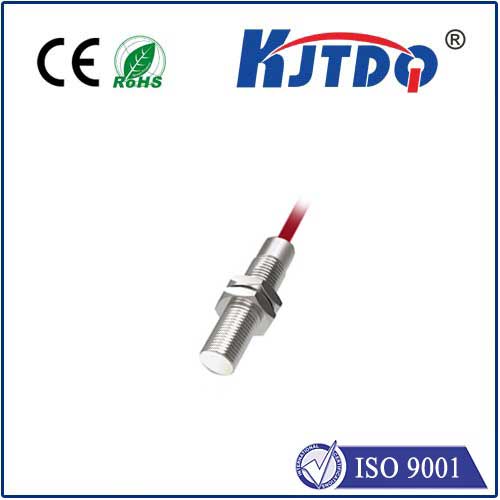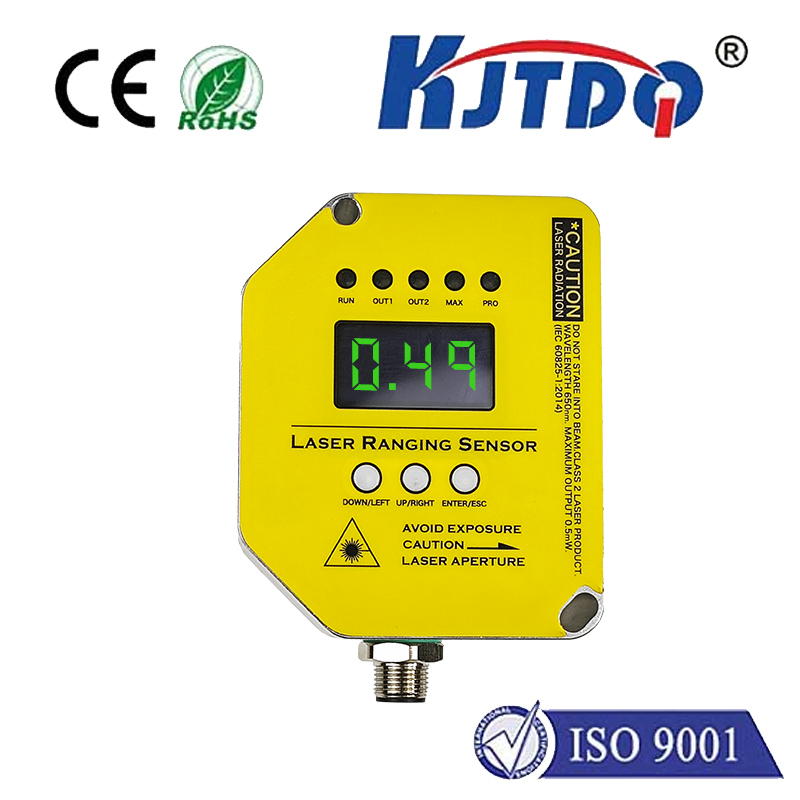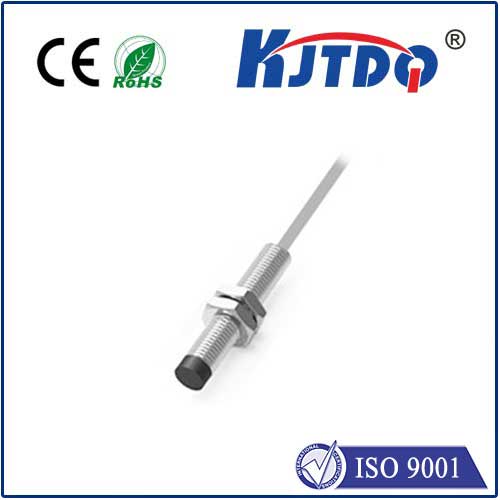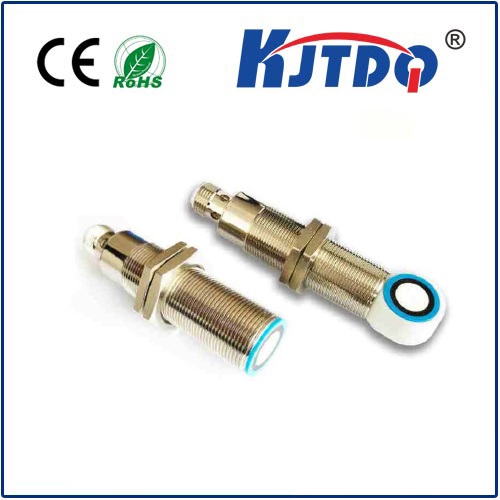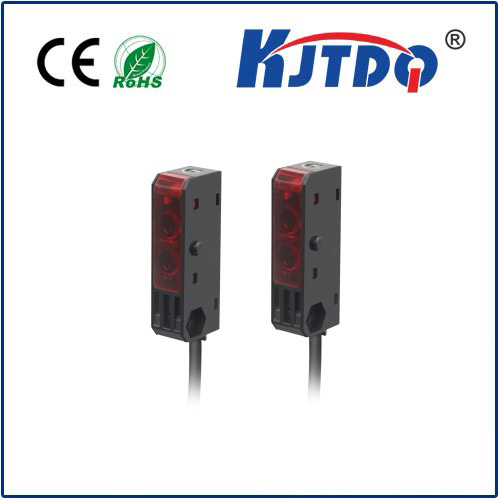

check

check

check

check

check

check

check

check

check

check
Tilt Limit Switch: Ensuring the Safety and Efficiency of Your Machinery
The tilt limit switch is a crucial component in many industrial machinery, equipment, and devices. This innovative tool is designed to detect and monitor the tilt angle of an object or system, triggering an alarm or shutdown when the angle reaches a preset threshold. In this article, we will explore the importance and applications of tilt limit switches, as well as their benefits for ensuring the safety and efficiency of various industries.

Firstly, let's understand what a tilt limit switch is and how it works. A tilt limit switch consists of a housing containing a mercury switch or other sensing technology that detects changes in orientation or inclination. When the object or system being monitored tilts beyond a certain angle, the mercury switch inside the tilt limit switch activates, sending a signal to either sound an alarm or initiate a shutdown sequence. This mechanism ensures that operators are alerted to potential issues before they become hazardous or cause damage to the equipment.
Now that we have an understanding of how tilt limit switches function, let's examine some of their key advantages. One of the most significant benefits of using tilt limit switches is improved safety. In industrial settings where heavy machinery and equipment are used, accidents can occur if these machines are not properly monitored. Tilt limit switches serve as an essential safety feature by automatically shutting down equipment if it tilts beyond safe limits, preventing injuries and damage to property.
Another advantage of tilt limit switches is increased efficiency. In industries such as construction and mining, machinery often operates in challenging environments with steep slopes and uneven terrain. By monitoring the tilt angle of these machines, tilt limit switches can help optimize performance and prevent costly downtime caused by equipment failure due to excessive tilting. Additionally, tilt limit switches can be integrated into smart systems that collect data on machine usage, allowing for predictive maintenance and reducing overall operational costs.
Furthermore, tilt limit switches play a vital role in numerous applications across various industries. In manufacturing, they are used to ensure that conveyor belts do not become misaligned, which could lead to product damage or production halts. In transportation, tilt limit switches are employed in vehicles like buses and trucks to prevent them from tipping over while carrying heavy loads. In energy production, tilt limit switches monitor wind turbines to ensure they remain upright and generate maximum power efficiency. The possibilities for tilt limit switch applications are vast and continue to expand as technology advances.
In conclusion, tilt limit switches are critical components that offer numerous benefits for enhancing safety, improving efficiency, and enabling innovative applications across diverse industries. By detecting and responding to changes in tilt angle, these switches help protect workers, equipment, and infrastructure from potential risks associated with uncontrolled movements or imbalances. As our world becomes increasingly reliant on advanced machinery and technology, investing in reliable components like tilt limit switches is essential for maintaining productivity and ensuring the well-being of those who operate and depend on these systems.
